
- Disneyland® Paris Tickets
- Eiffel Tower Tickets
- Louvre Museum Tickets
- Paris Catacombs Tour & Tickets
- Versailles Tickets
- Notre-Dame Paris Tickets
- Orsay Museum Tickets
- Paris Pantheon Tickets
- Arc De Triomphe Tickets
- Opera Garnier Paris Tickets
- Big Bus Paris Hop-on Hop-off Tours
- Parc Astérix Paris Tickets
- Sainte Chapelle Tickets
- Les Invalides Tickets
- Eurail Passes
- Musee de l'Orangerie Tickets
Mind-Blowing Facts About Chateau de Fontainebleau
Château de Fontainebleau Facts
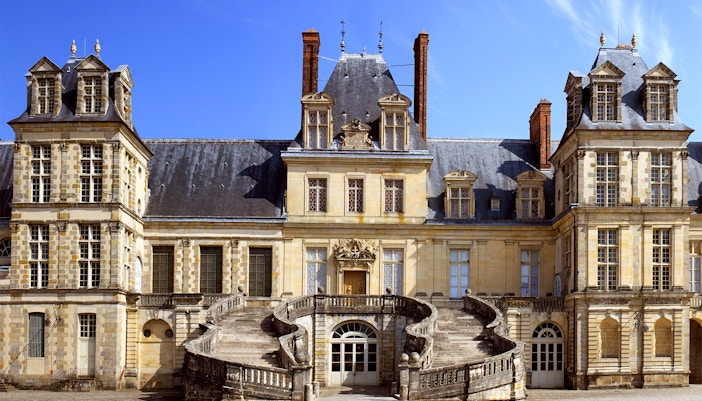
1. The Favored Royal Residence
As Napoleon Bonaparte called it – “the true abode of kings”. With its stunning architecture, lush surroundings, and opulent interiors, it's no surprise that French monarchs flocked to this majestic abode. Château de Fontainebleau truly stands as a testament to the allure of royal life.
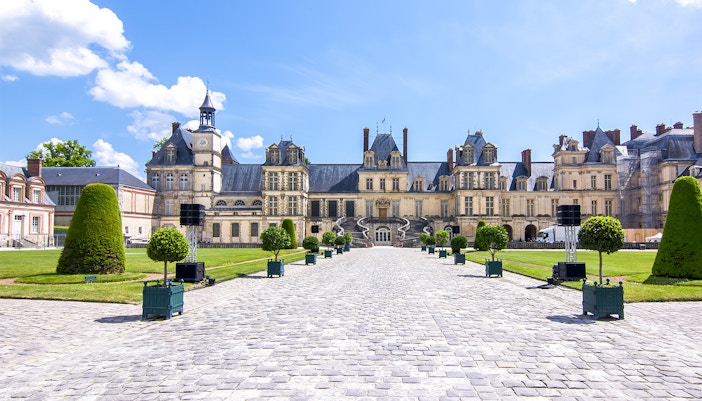
2. 9 Centuries, 4 Architectural Styles, 1 Family Home
Over the course of nine centuries, this architectural marvel has witnessed the rise and fall of different eras. Each era left its mark, resulting in a remarkable blend of architectural styles within its walls. The ones that dominate the scape are Baroque, Neo-classical, Renaissance, and Mannerist.
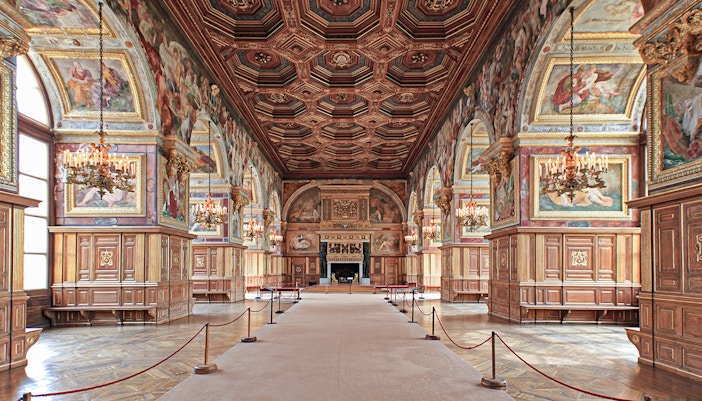
3. Royal Marriages
As with all palaces, Château de Fontainebleau is not without its fair share of love and royalty. It has been a witness to numerous royal unions, sealing alliances, and uniting nations through marriage. From Henry IV to Napoleon Bonaparte, kings, and emperors exchanged vows with their beloved queens in the grand halls of this enchanting palace.
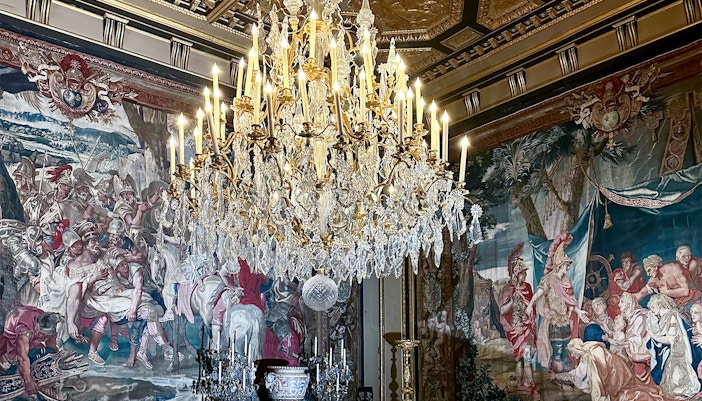
4. Royal Abdications
In the annals of history, there are moments of great significance that forever alter the course of nations. The walls of the palace witnessed the abdications of two French emperors, Napoleon Bonaparte, and Napoleon III.
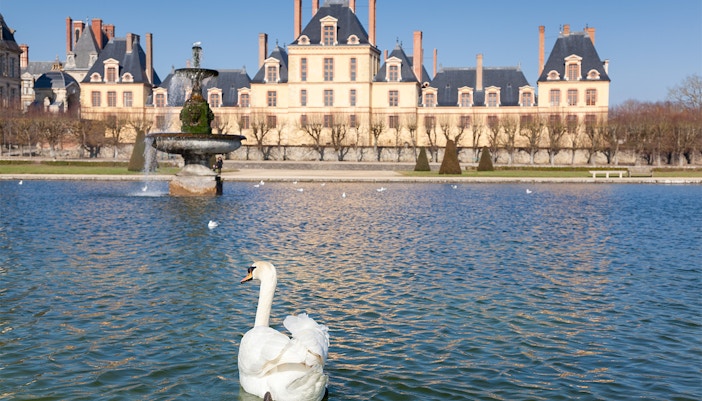
5. Palace Turned German Headquarters Turned Palace
The Château de Fontainebleau has experienced its fair share of transformations throughout history. During World War II, it served as the headquarters of the occupying German forces. The echoes of conflict and occupation still resonate within its walls. But as peace returned, Fontainebleau reclaimed its former glory, reemerging as a cherished palace.
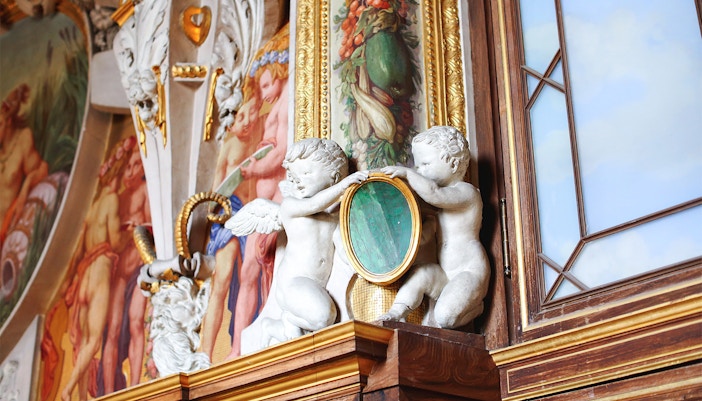
6. The Queen That Didn't Get to Sleep
Despite her lavish apartments within the Château de Fontainebleau, the ill-fated queen never had the chance to rest her head on its pillows. She’d commanded that the room be renovated but was executed before she could visit. The furnished room sees hundreds of thousands of visitors a year.
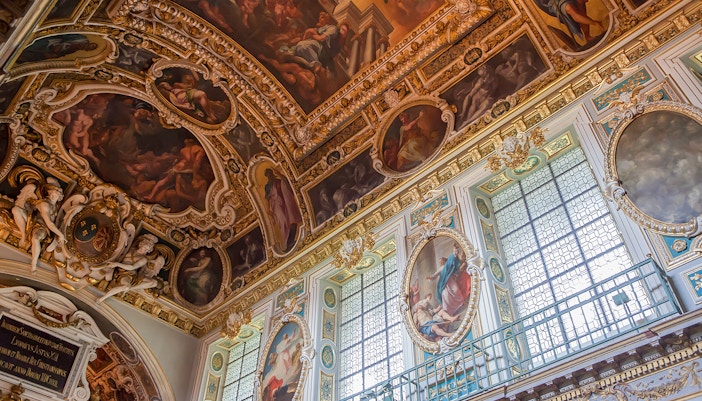
7. A Glimpse into Renaissance Art
Inside the Château de Fontainebleau, you'll discover a treasure trove of artistic masterpieces. Marvel at the stunning frescoes adorning the walls, painted by renowned artists such as Rosso Fiorentino and Francesco Primaticcio. Each stroke of the brush tells a story of creativity.
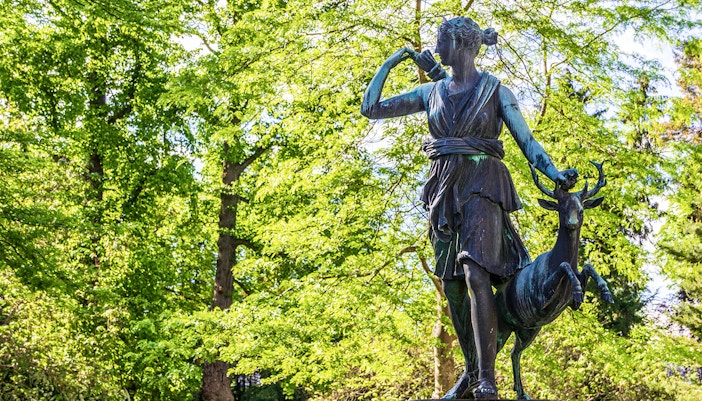
8. Revolutionized the Landscape
Did you know that the Château de Fontainebleau made way for one of the greatest art movements in history? The Barbizon School, which revolutionized landscape painting, had its roots in the picturesque forests surrounding the château. Make sure to the natural beauty that inspired renowned artists like Jean-Baptiste Camille Corot.

9. Claude Monet’s Retreat
It comes as no surprise that the Palace of Fontainebleau was one of Claude Monet’s favorite places. Discover the allure that drew the famous Impressionist painter, Claude Monet, to the Château de Fontainebleau. Wander through the enchanting surroundings that inspired his renowned works of art.
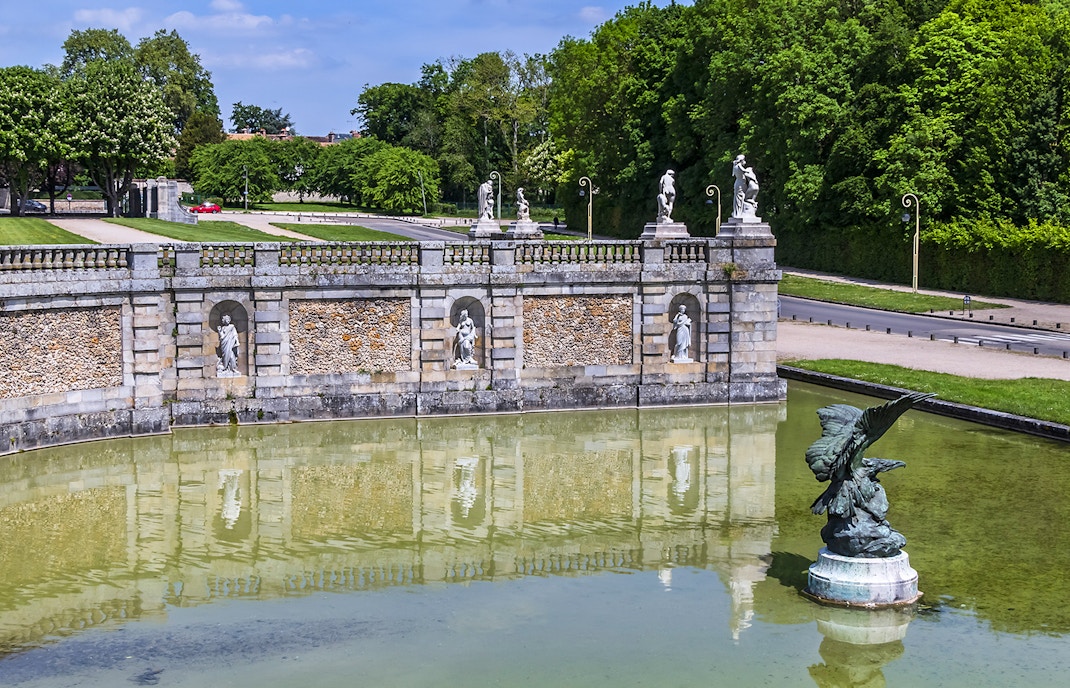
10. The Hidden Passages
Beneath the Château de Fontainebleau lies a network of secret passages and tunnels. These hidden pathways were used by royalty and their guests to move discreetly throughout the castle. Uncover the mysteries of these hidden corridors as you venture into the depths of the château.
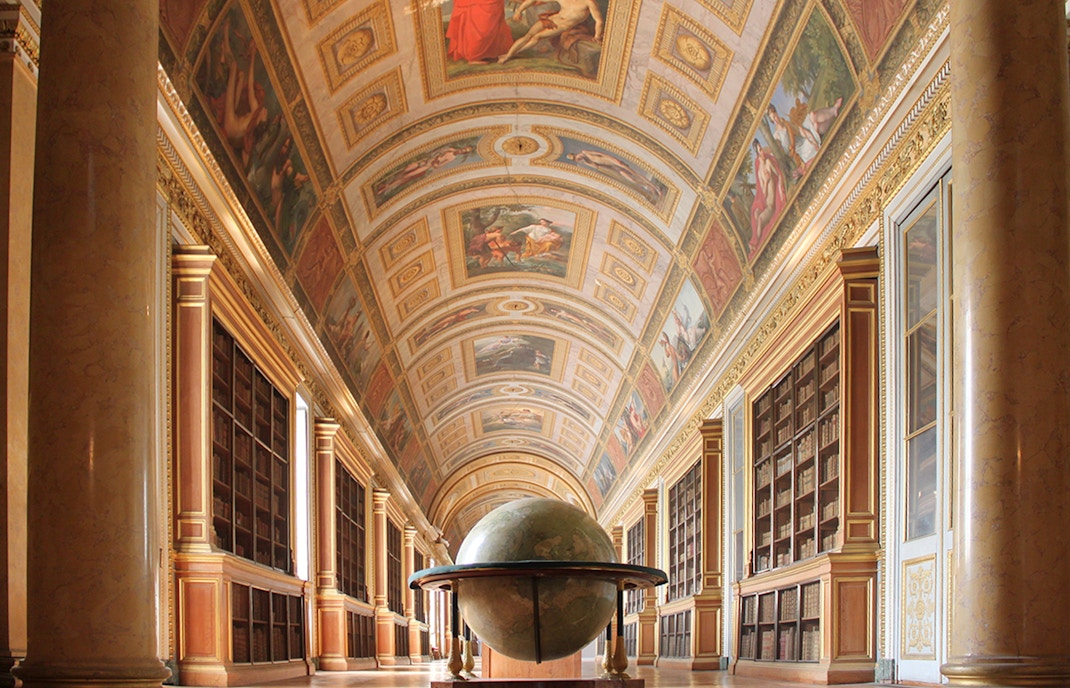
11. The Château in Literature & Cinema
The grandeur and beauty of Château de Fontainebleau have caught the attention of filmmakers worldwide. It has been featured in various films, including "Marie Antoinette" and "The Da Vinci Code." If you’re a lover of literature, here’s an interesting tidbit: The palace served as the backdrop for Alexandre Dumas' novel "The Man in the Iron Mask" and Gaston Leroux's "The Mystery of the Yellow Room."
Book Palace of Fontainebleau Tickets
Frequently Asked Questions About Château de Fontainebleau
A. Château de Fontainebleau is a historic palace in France that served as a royal residence for centuries.
A. One fascinating fact is that it boasts a stunning Mirror Gallery with 357 mirrors, creating an illusion of endless grandeur.
A. The château has hidden tunnels, witnessed royal marriages and abdications, and even served as German headquarters during World War II.
A. Château de Fontainebleau is located in the town of Fontainebleau, approximately 55 kilometers southeast of Paris, France.
A. The construction of Château de Fontainebleau began in the 12th century, with subsequent additions and renovations made over the centuries.
A. Château de Fontainebleau opened its doors to the public in 1927, allowing visitors to explore its rich history and architectural splendor.
A. The château was initially constructed as a hunting lodge for King Louis VII and was later expanded by various French monarchs, including Francis I and Napoleon Bonaparte.
A. Château de Fontainebleau houses an impressive collection of artworks, including masterpieces by renowned artists such as Titian, Raphael, and Jean-Baptiste Corot.
A. While the exact number may vary, the château showcases a vast collection of over 1,500 paintings and 15,000 decorative art objects.
A. Yes, Château de Fontainebleau indeed has a network of hidden tunnels and secret passages that were used by royalty and their guests.